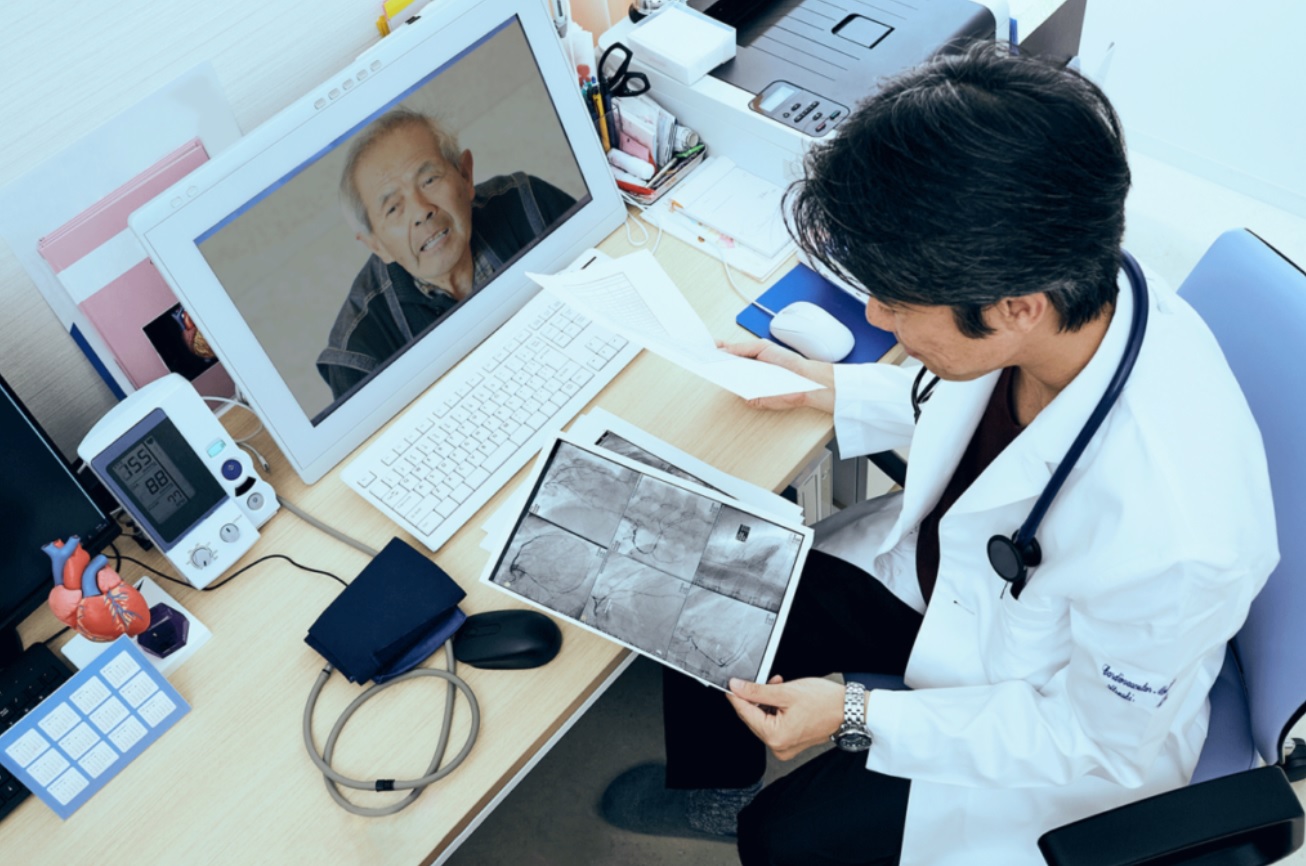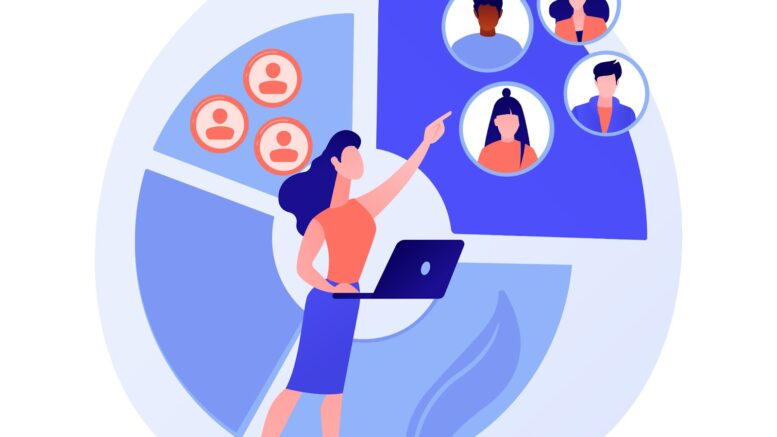Chronic illness is a difficult thing to manage. It is common to have a chronic illness in the USA. According to the Centers for Disease Control and Prevention (CDC), around 6 out of 10 Americans have a chronic disease.
When you’re feeling well, you may not think about it all that much. But when something goes wrong, it’s hard to get back on track without extra help and support from your doctor and other healthcare professionals. Remote patient monitoring can be essential for chronic illness patients who want the best care possible.
What is Remote Patient Monitoring (RPM)?
Remote patient monitoring is a service provided by healthcare providers to their patients. According to CoachCare, remote patient monitoring software is a data-tracking telehealth tool. It uses technology to monitor and track patients’ health in remote locations. It can be used for various chronic conditions, including asthma and COPD, hypertension and diabetes mellitus, cardiac disease, pulmonary disease, and more.
Remote patient monitoring is available 24/7, so you can get help when needed most, even if it’s late at night or on the weekend when your primary care physician is unavailable. This can be done with the telehealth feature available with most remote patient monitoring platforms.
A remote patient monitoring platform allows the patients and the doctors to connect regularly. This enables the care providers to check in on their patients frequently for better health management.
The remote monitoring platform will also track patients’ health data in real time. It will then present the data to the care providers to make informative decisions on how to proceed with the treatment. Due to these benefits, the remote patient monitoring market was around $6,727.08 million in 2022.
Remote patient monitoring technology helps you manage your chronic illnesses by giving you a more accurate picture of your health. It allows you to monitor your vital signs from home or on the go, giving you access to information that can help you make better decisions about your health and treatment.
With remote patient monitoring technology, you don’t need to visit the doctor’s office as often. Instead, they can monitor your condition remotely without waiting until an appointment time opens up in their schedule. This gives patients greater flexibility while ensuring they receive the attention they need for physicians to properly diagnose any issues before they become serious problems down the road.
The benefits are both ways here, as even care providers can leverage a remote monitoring platform. Besides enabling care providers to constantly track their patients’ health, a remote patient monitoring solution also helps with billing through Current Procedural Terminology (CPT) codes.
CPT is a coding system that allows healthcare providers to precisely describe their medical services through remote patient monitoring. With remote patient monitoring CPT codes, healthcare providers can be quickly reimbursed for their work.
For instance, the CPT code 99453 compensates healthcare professionals for setting up remote patient monitoring devices for the first time. Likewise, the CPT code 99457 reimburses healthcare providers for their time monitoring, interpreting, and reviewing patients’ data remotely.
Here are the key benefits of remote patient monitoring technology:
Continuous Monitoring of Vital Signs and Symptoms
Vital signs are the most basic measurements of a person’s health, including heart rate, breathing rate, blood pressure, and temperature. These vital signs can be monitored remotely with devices such as a pulse oximeter or an electrocardiogram (ECG). The average heart rate reading for adults is 50-100 bpm on an ECG machine. So when a remote monitoring platform shows a heart rate less or more than the average range, the physicians can take the necessary actions swiftly.
Healthcare providers can detect changes in a patient’s condition early on by accessing real-time data. This timely detection enables them to intervene promptly, preventing potential complications and reducing hospital readmissions.

With regular monitoring and timely interventions, patients can experience better health outcomes. Monitoring chronic conditions, such as diabetes or hypertension, can lead to better disease management and control.
Improved Medication Management
You want to get better as quickly as possible when you’re sick. Remote patient monitoring allows patients to receive medical care from home while they recuperate, which can help them recover more rapidly and efficiently. With this technology, your doctor can be notified if any issues arise during treatment that require their attention.
Additionally, it may be possible for patients to take their medications as prescribed without visiting their healthcare providers regularly. This can be a significant convenience since chronic illnesses often require ongoing medication management over long periods. This means that remote patient monitoring could improve adherence rates among those who suffer from chronic diseases.
Enhanced Patient-Provider Communication
Remote patient monitoring can significantly enhance patient-provider communication in several ways, including:
- Real-time data transmission: RPM devices, such as wearable health trackers, smartwatches, or other connected medical devices, continuously collect and transmit patient health data to healthcare providers. This real-time data transmission gives providers up-to-date information about their patient’s health status without needing in-person visits.
- Timely alerts and notifications: RPM systems can be configured to generate alerts and notifications when certain vital signs or health parameters fall outside predefined ranges. These alerts can help providers identify potential health issues promptly, enabling them to intervene and provide timely medical attention.
- Enhanced feedback and education: RPM solutions can provide automated patient feedback based on collected data. This feedback can include personalized health tips, reminders, and educational materials, empowering patients to better understand their health conditions and make informed decisions.
- Remote consultations and telemedicine: With RPM, providers can conduct virtual consultations and follow-up appointments with patients. These telemedicine sessions allow patients to discuss their health concerns with their providers conveniently from their homes, saving time and reducing the need for in-person visits.
Personalized Care Plans
A personalized care plan is a document that outlines the goals and objectives of your treatment. It also includes a list of medications, dosages, and administration instructions. A customized treatment plan can be created using data gathered by remote patient monitoring.
Remote patient monitoring allows doctors to monitor their patient’s health remotely using sensors that track things like blood pressure or heart rate. This information helps them make better decisions about treating chronic illness patients.
The personalized care plans created by remote patient monitoring can help improve outcomes for these individuals with chronic illnesses. It enables physicians to tailor their treatments based on individual needs rather than relying on generic protocols designed for everyone else with similar conditions.
Addressing Concerns and Challenges
While remote patient monitoring is a promising tool for enhancing the care of chronic illness patients, some concerns and challenges still need to be addressed.
First and foremost, there’s cost. While some insurers may cover at least part of installing a system like this, most people must pay upfront costs. For those who don’t have insurance or adequate coverage through Medicare or Medicaid, this can feel like a steep price tag when you’re already struggling financially because of your illness.
Then there is patient privacy and security. Many people worry about sharing their personal information without consent. They also wonder how secure this new technology is. What would happen if someone could hack into their account and access sensitive data like blood pressure readings?
The government has passed the Health Insurance Portability and Accountability Act (HIPAA) for these concerns. The HIPAA Privacy Rule has national standards to protect patients’ medical records and other health information. The Privacy Rule is located at 45 CFR part 160 and subparts A and E of part 164.
Conclusion
In summary, remote patient monitoring is a powerful tool for improving the quality of care for patients with chronic illnesses. It has the potential to enhance communication between providers and patients, resulting in better management of disease symptoms and medication use.
In addition, it can help reduce emergency department visits by providing real-time data that allows providers to make more informed medical decisions when faced with potential health crises at home rather than needing hospitalization.
